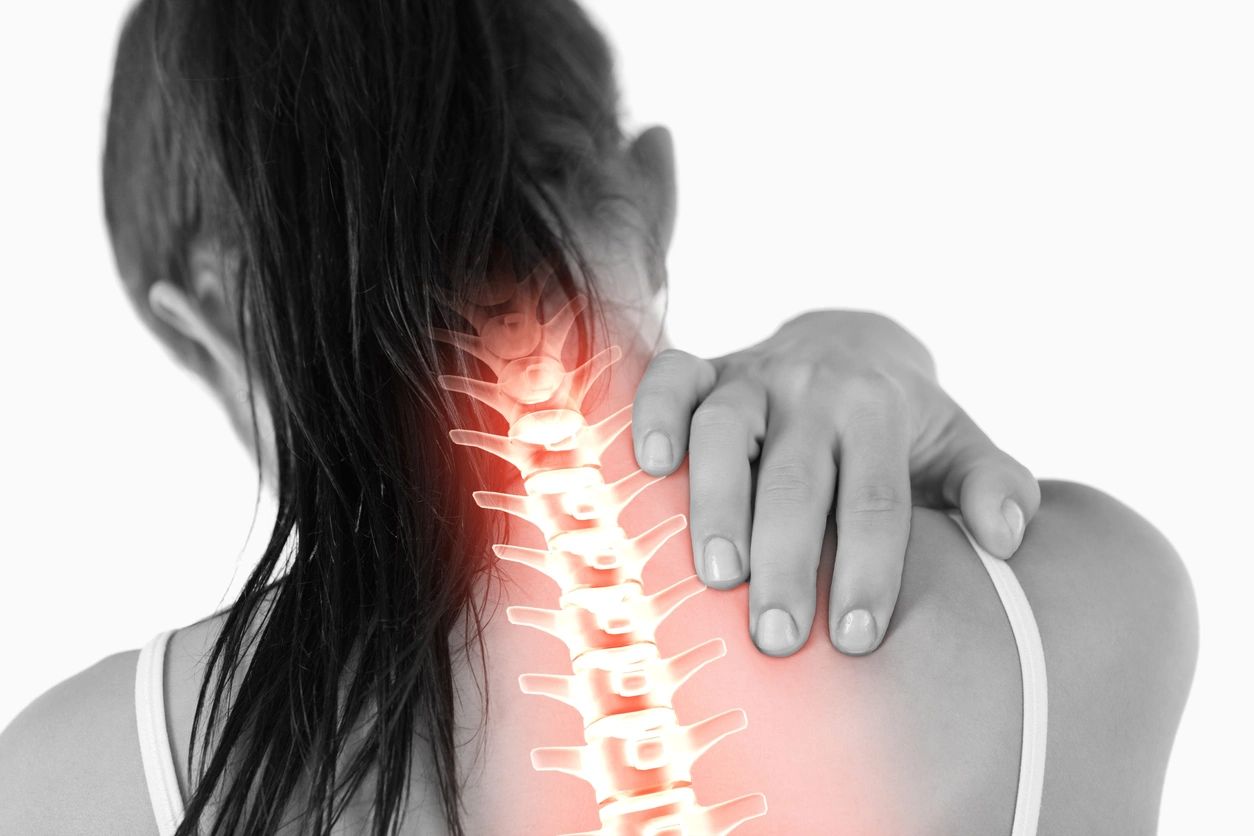Circle ’round folks, it‘s time for a clinical case story. I worked with a lady who had pain on one side of her neck that went down towards the top of her shoulder blade and into the area between her shoulder blades. Just based on that, I knew that the structure that was irritated was either her levator scapulae muscle and/or her dorsal scapular nerve. We started with the normal things – some neck exercises, manual therapy to release the tension, and education on posture. All of it worked in the short-term but was not long lasting beyond a day or so. This went on for 2-3 visits.
Finally, I asked about her work set-up at home. I had asked about her work station before but only gotten relatively general answers. This time she elaborated – she sits on the couch with her laptop seated next to her. And she sits… And works… Looking down and to the side… All day…
She changed her work set-up that day and her symptoms resolved soon after and stayed gone. Often the value of seeking outside help isn’t just the expertise in that field, but just getting an outside perspective on things. We tend to be stuck in a problem because we only see it through our lens, but if it were looked at upside, backwards, or from above, the solution would be plain in sight.
So if you have persistent neck pain, consider these 4 neck positions and if you’re in any of them for long periods of time.
Flexion – looking down
- At a screen, a book, or doing crafts. Address this by raising up whatever you’re looking at. If you hold it, like a phone or book, you can use something to comfortably support your arms like a desk or pillows in your lap.
Extension – looking up or forward head posture
- If you have to look up for long periods of time (electrician, painter, belaying a rock climber), consider getting vertical periscope glasses. These are glasses that use a mirror to reflect your vision upward so your neck can be in neutral while you look above you.
- Having slumped posture with the head coming forward is also the same as neck extension. The best way to improve this is to alter your work station to put your screen at, or closer to, eye level. Additionally, getting proper lumbar support in the chair so that you can sit more upright without having to use your muscles to hold yourself up is also helpful. You can elevate your computer with a special desk, but a stack of books or a box works fine. Similarly, you can get a lumbar support cushion for your chair, or you can use a small pillow or rolled up towel for the same effect.
Rotation – head turned to the side
- Often this happens if you work at a computer that isn’t directly in front of you (reception desk usually). This can be improved by using a swivel chair so you can swivel the chair to look forward at the screen instead of keeping your head turned.
- Sleeping on your stomach requires your head to be turned to one side all night. While changing your sleeping position is pretty hard, it would be very helpful here. If that is too difficult, you can also use pillows under you to support yourself in a semi-face down/semi-side sleeping position. This will reduce the amount of rotation your neck is in.
- If you use a CPAP, sometimes the tube (due to being too short) will pull your head to the side while you sleep on your back. This can be addressed by trying to improve the amount of slack you have in the tube – either getting a longer tube or repositioning the machine closer.
Side bending – head tilted to the side
- Answering the phone all day with it wedged between your ear and your shoulder is often provocative. Fortunately, most work places are happy to pay for either a headset or BlueTooth earpiece that eliminates this.
- If you’re a side sleeper, then you might have your head tipped to the side at night. Too low a pillow and your head will be tipped down. Too high a pillow and your head will be tipped up. This can pretty easily be addressed by using a pillow that supports your head with your neck straight.
- Having the shoulder pulled downward is functionally the same as loading the side of the neck due to the muscles involved. This can happen to women who carry a heavy purse, always on the same side. It can be addressed by emptying your purse of extra weight, switching to a lighter purse, or switching to a different carrying mode (backpack, hip or leg case). Bra straps can also pull the shoulders down and switching to a sports bra may help in this case. Carrying using only one arm frequently can pull the shoulder down. This can be a heavy load in the hand (construction or manual labor) or holding your child in your arm. This can be addressed by carrying with good posture. Ideally, it should look like you’re not carrying anything because you are not leaning over to the side or one arm is not lower than the other. Additionally, switching sides to split the load is recommended.
Finally, even when using good posture and support, a key element is knowing that no one posture is perfect. The body doesn’t like being in the same position for a long time. So taking ‘movement breaks’ every 30 minutes by moving your neck around and switching positions is a crucial part of good posture.

